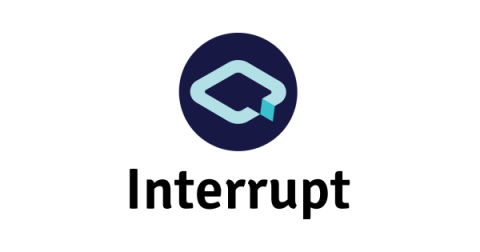Measuring Stack Usage the Hard Way
Embedded systems often require a careful eye to where memory resources are being spent, especially runtime memory utilization like stack and heap memories. This article is intended to shed some light on strategies for measuring stack memory usage on a small embedded system.



